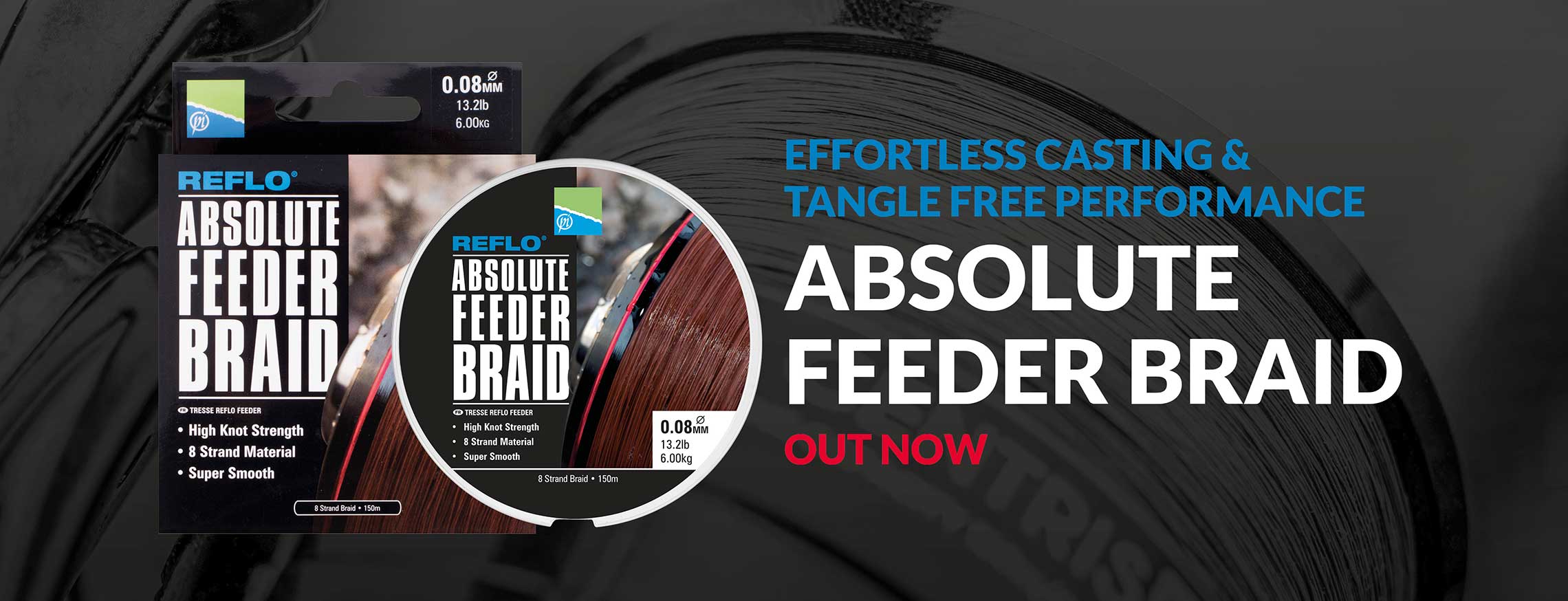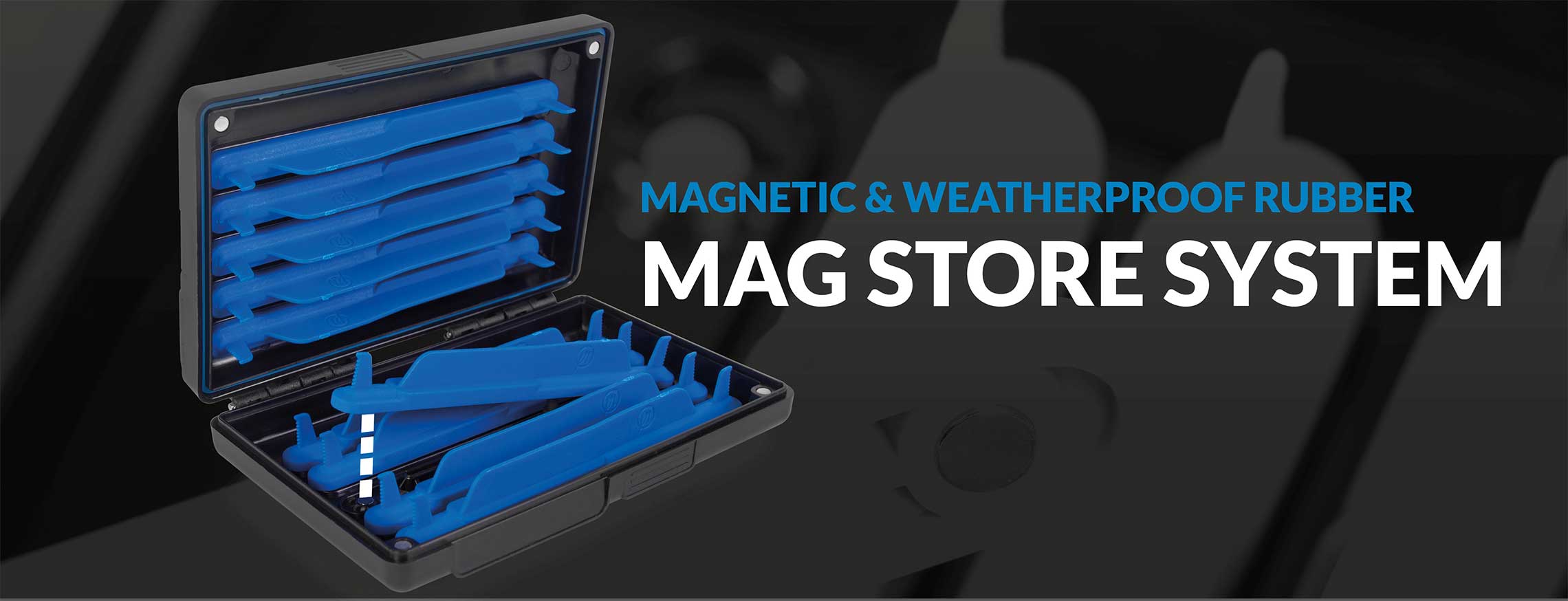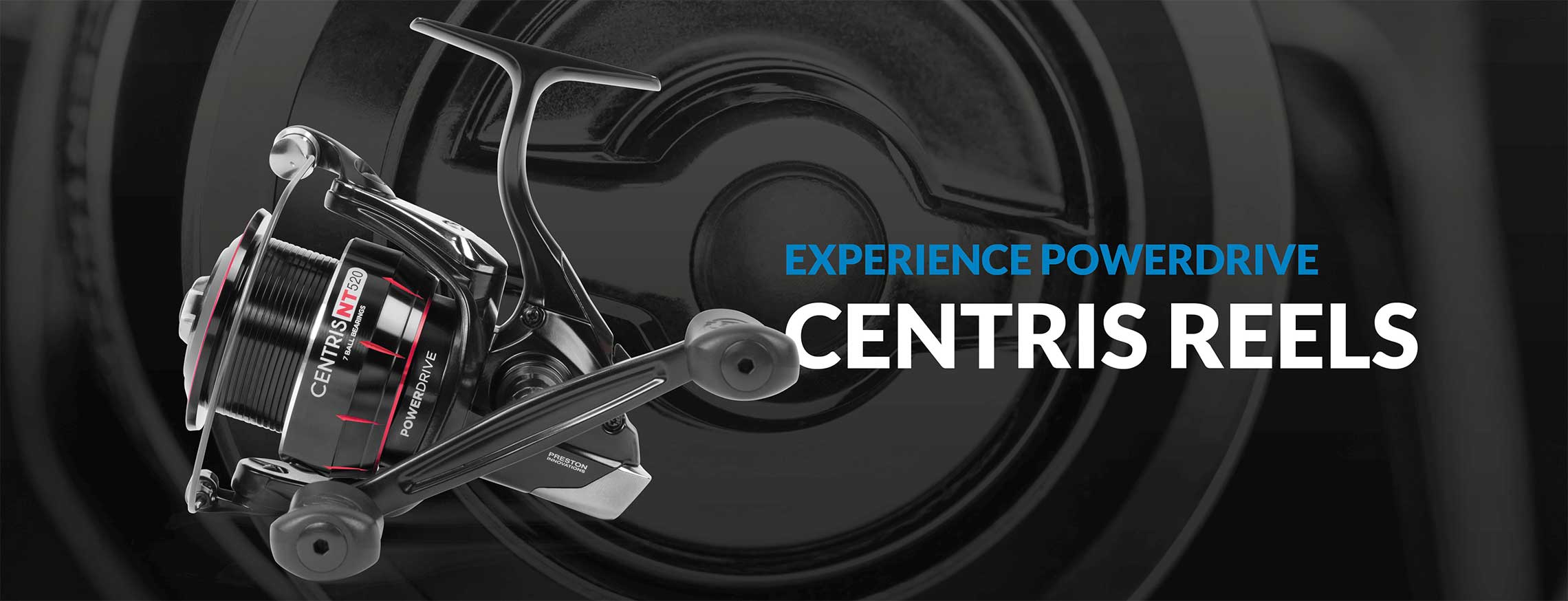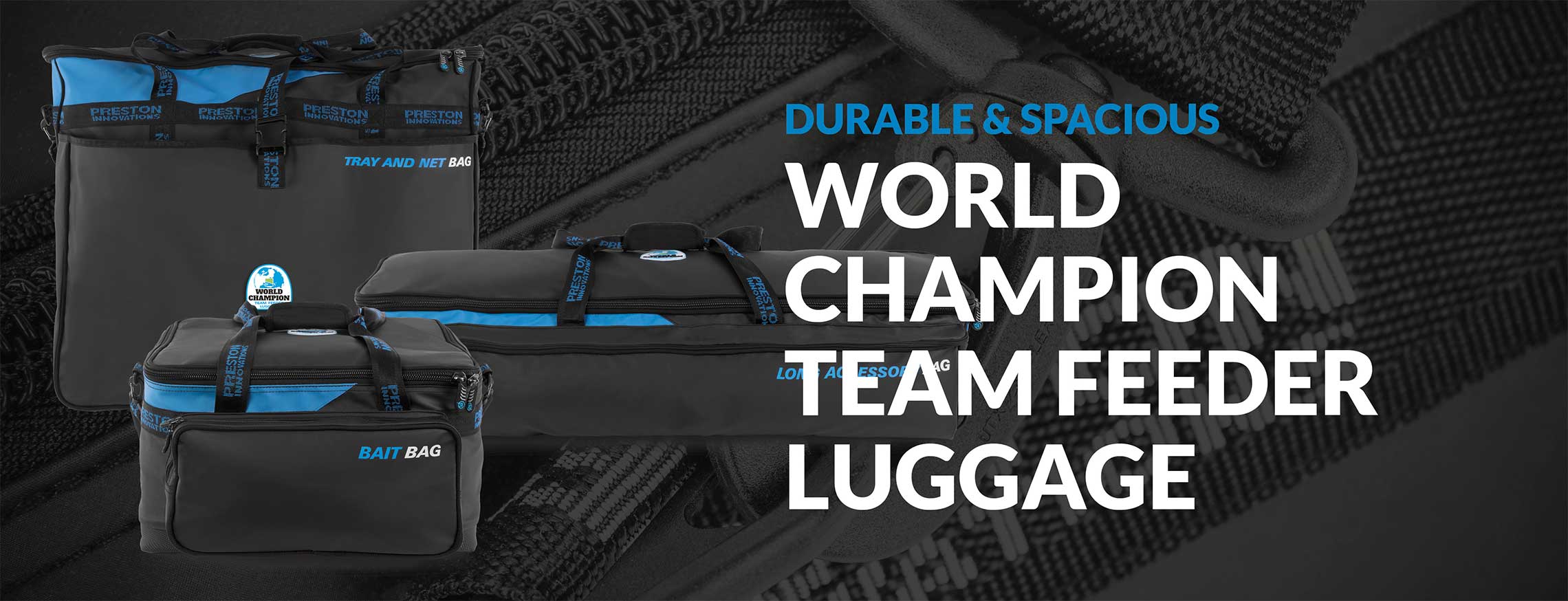The Cone
Share the The Cone article:
Share
When it comes to finding the best modern approach for commercial carp fishing, you need look no further than inside the mind of match ace Andy Findlay. He's the man to thank for numerous modern match fishing techniques, including the revolutionary Pellet Cone tactic.
This clever idea was based around a real Heath Robinson affair Andy created at home, to suit his needs on commercial carp venues in the UK. The idea was to present the hookbait pellet right in the centre of his feed pellets, without the need for a feeder or PVA bag.

“Carp love pellets,” smiles Andy, “but sometimes the Method isn’t the best approach to catch them, especially on waters where it is overused and especially in winter, when carp are moving slower and you want to feed less.
“Sometimes the carp just want a small mouthful and will also shy from your main line, but a pellet fished on its own hasn’t been that effective for me.
“In a match situation, you always want an edge, and mine was created by using a cut down pole bung to create a small cone. I would then load this with soaked feed pellets, and ram then into the cone so they compacted together in the same shape.
“The resulting cone shape of pellets could be threaded onto your hooklink with a baiting needle.”
Today, Andy uses a new invention. The Innovations Quick Cone device negates the need for a gated needle, as your hookbait is actually moulded into the centre.

“These are really easy to load,” he adds. “It’s made the technique easy and given everyone a level playing field.’
But it's not just a case of loading in some pre-soaked pellets and casting it out anywhere. According to Andy, this is an approach where it really pays to get the bait mix just right.
“I use 2mm Fin Feed Pellets mixed with some Stiki Pellet Powder, which is a binder,” Andy tells us. “These Sonubaits products are ideal for modern match fishing and suit the cone approach perfectly.”

Andy also believes accuracy is less important when using the cone.
"When fishing the feeder, the golden rules are to utilise your reel’s line clip, be accurate, and leave the feeder where it hits bottom so that it can do its work," he explains. "With the cone, you can search through your swim as there’s never any bait building up. It can be a good roving technique.
"I tend to use a Quick Change Bead setup for the hooklink, with a small Cube Lead attached behind this on a Korum Feedabead. They’re ideal for slopes or bumps as they won’t roll around like a conventional lead.”
Watching Andy is action with the pellet cone is like poetry in motion, hitting the same spot every time, waiting for the tip to go around with a hungry carp on the end. If bites do dry up, he’ll try a different hookbait to ensure he’s maximizing his swim.
“Sometimes you can tweak the length of the hooklink to get more takes, but other times changing from a hard pellet to a soft hooker pellet can be better, or even a lump of punched luncheon meat,” says Andy. “With the Fin Feed pellets bursting around the hookbait though, it often doesn’t matter what’s on the end!”
You can fish the cone with your normal feeder fishing rods and reels, and set the rod up the same as when using a feeder. With just a slight bend in the quivertip, you’ll be able to see line bites and judge how the carp are behaving in the swim. Andy believes slow, gentle pulls on the tip are carp the fish trying to move what’s usually a feeder.





“When they pull the line tighter, the tension from the rod pulls the feeder out of position. The fish can then eat the pellets left behind without any danger of getting caught. A bang on the line, with a sharp judder, is a more positive indication that the carp are feeding strongly in the area you’ve cast,” adds Andy. “Persistent nodding of the tip is usually a sign of bream or small fish. In these situations, letting the line fall slightly slack often results in a bite from these shyer biting species.
“I use an 11’ 8” Innovations Dutch Master feeder rod for most of my feeder or pellet cone fishing, and find it an ideal balance between having casting capabilities and being able to play big fish on light tackle. The through action puts me in total control at all times.
“It’s got changeable quiver tips, so I can alter the balance of the rod to suit the gear I’m using. The lighter the end tackle, the lighter the tip I’ll use. It’s as simple as that, really.”
We notice as Andy makes repeated casts with the cone, bringing a succession of good carp to the net, that he isn’t losing any bait on the cast. This, he tells us, is down to the Stiki Pellet powder ingredient.

“The best way to mix your pellets is by the ‘minute’ rule. If they’re 2mm pellets, soak them for 2 minutes. If they’re 1mm pellets, just 1 minute. I wouldn’t go over 3mm for the pellet cone. Whilst the pellets are still glistening and wet, pour over a scoop full of Stiki Pellet per kilo of pellets. This makes them bind and go really sticky indeed,” explains Andy. “Leave your pellets for another half hour and they’ll be ready to fish with.”
This ingenious technique is just another edge that this innovative angler has brought to UK match fishing. We can’t wait to hear about the next one!





